While Okinawa Prefecture marks 80 years since the end of the intense fighting there in the late stage of World War II, Japan is boosting its Self-Defense Forces' presence in the prefecture amid China's increasing military activities.
The Defense Ministry has launched new units in and around the island prefecture in the past decade, in a bid to counter China's threats, and there is a possibility of long-range missiles being deployed to Okinawa in the future. Locals worry that the prefecture may once again become a battleground in the event of a contingency.
The Nansei island chain, which spans roughly 1,200 kilometers from islands located south of the Kyushu southwestern region to areas around Okinawa's Yonaguni Island, the westernmost point of the country, had been called a "defense vacuum" due to the low SDF presence there, except on the main island of Okinawa.




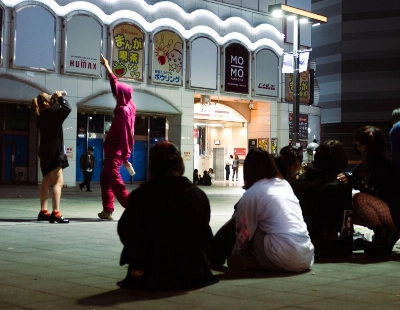
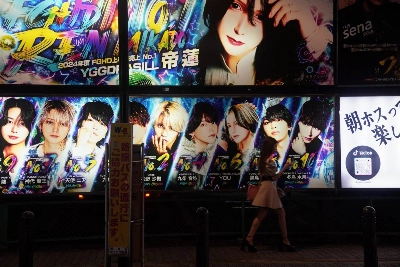
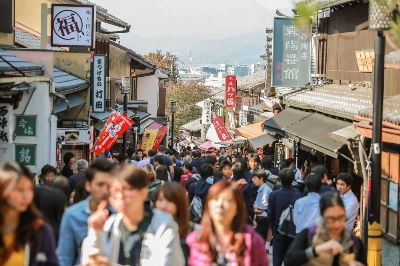
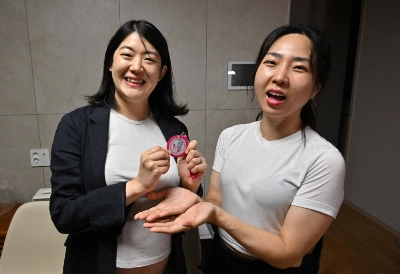
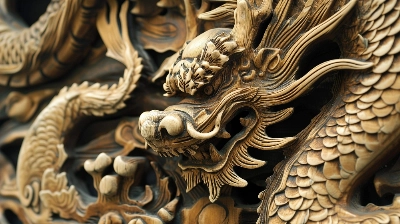










With your current subscription plan you can comment on stories. However, before writing your first comment, please create a display name in the Profile section of your subscriber account page.